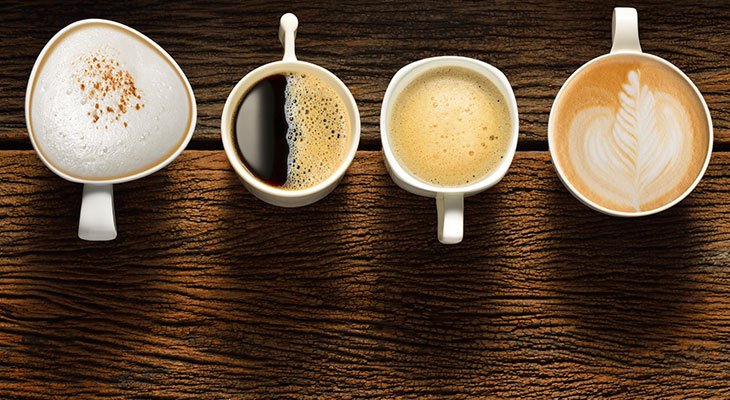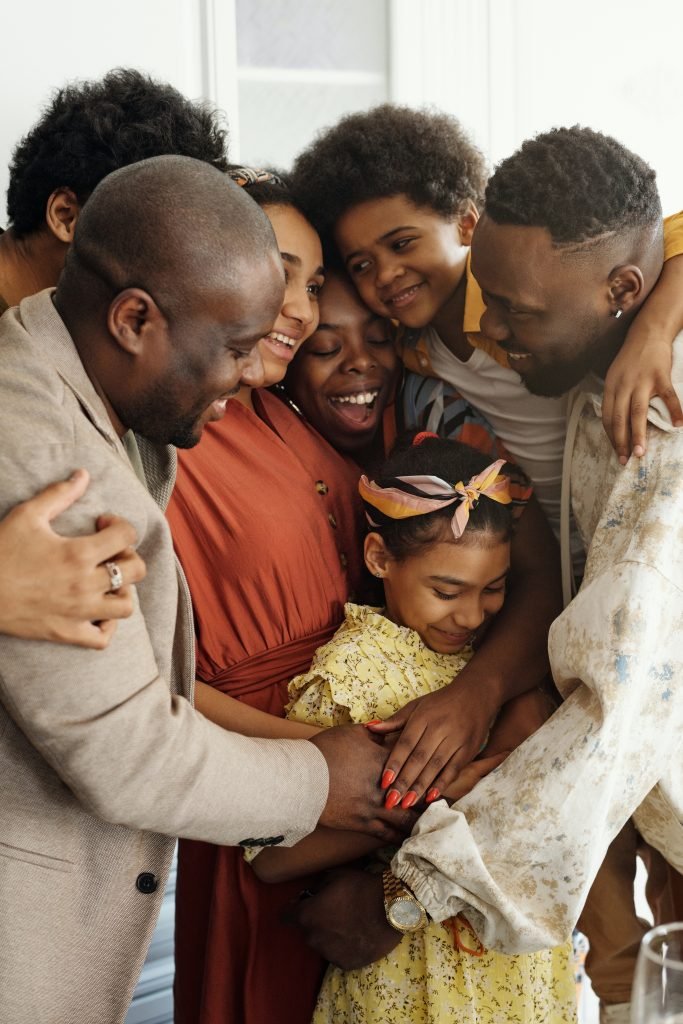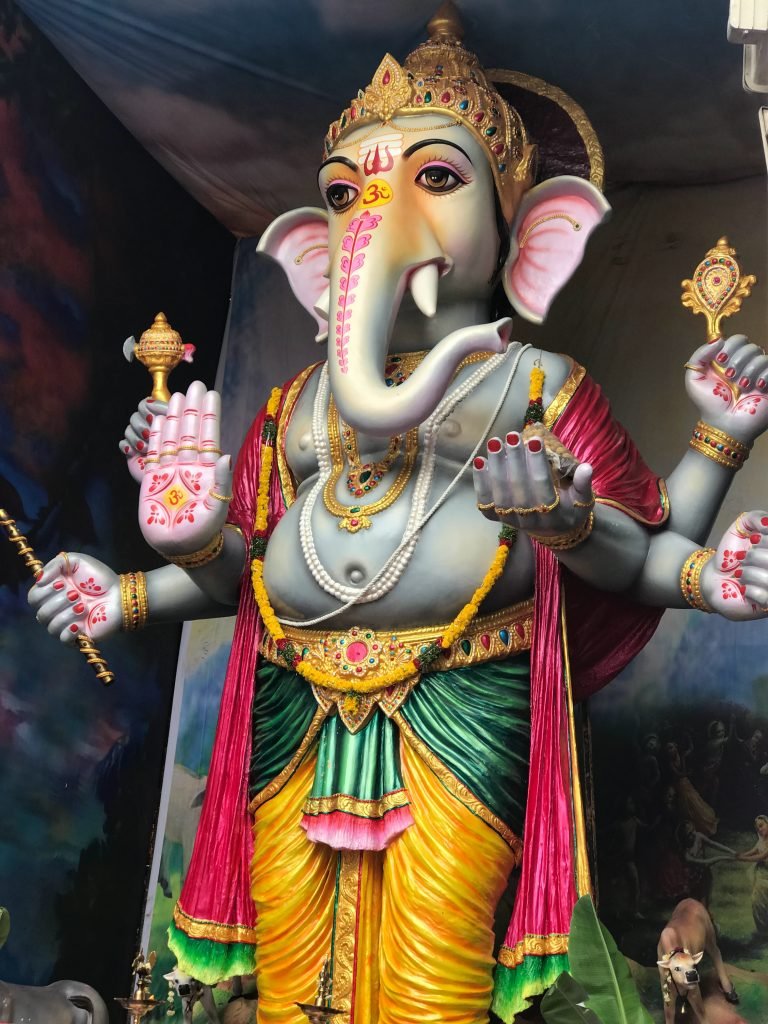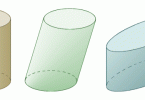“Do you know most of the marketing campaigns fail because the marketers are unable to identify the right target audience for their product or service?Marketers are unable to realize which demographic segment’s needs are going to be sufficed by their product and hence all their efforts go in vain.”
It is important to identify the right target audience first and then to trace their behaviour to understand and analyze what goes in the mind of a consumer before making a purchase.

WHAT IS CONSUMER BEHAVIOUR??
Consumer behaviour can seen as the behaviour or series of actions that a customer exhibits while selecting,purchasing,evaluating and disposing off a certain product or service.It is a cognitive process involving a series of complex steps which are very difficult to comprehend as what goes in the mind of a consumer.
TYPES OF CONSUMER

Image by Beyond the Hedge
- PERSONAL CONSUMER: A personal can defined as a consumer that buys good and services for his own consumption and not to be consumed by anyone else.
- ORGANIZATIONAL CONSUMER: An organizational consumer can be a business or an agency which buys a particular product or service as a necessity for the organization to run.
- LOYAL CONSUMER: These consumers never sway away from your brand in any situation and become fixed segment of your audience.They no matter what happens will always make a purchase.It is important to retain such customers by providing them customized offers as they bring in a large percentage of sales.
- IMPULSIVE CONSUMER: They are not addicted to a particular brand or service rather they make purchase depending on their instict that is what they like at the very moment of purchase.
- NEED BASED CONSUMER: This can be explained with an example let say,you have closet flooding with clothes and suddenly you plan to go to Goa and you realize nothing in the wardrobe seems sufficient and good for a place like Goa.Here,a need generates and you run for shopping to buy shorts,bikinis,etc.
WHY DO WE NEED TO STUDY CONSUMER BEHAVIOUR?
- To minimize risk of wasting resources and time on a consumer who may never be interested in our product or service.
- To identify target audience and target market.
- To realize what a customer is looking for in a product or service so that the organization can accordingly create or customize a product or service.
- To develop successful marketing campaigns

FACTORS AFFECTING CONSUMER BEHAVIOUR
- Reference group or Family:They can be seen as groups with which we interact directly or indirectly,as a chkild we naturally inherits the ways and procedures through which our family makes a purchase,we are taught from the very beginning what should we wear where should we go and what should we eat.Friends also play a major role in affecting or influencing the purchase as after spending time with our friends we develop affinity to some brands or products.Indirect reference groups can be seen as celebrities such as film stars,sportsmen,singers,etc which have a strong influence to alter a buying decision

Image by Pexels
EIGHT ROLES IN THE FAMILY DECISION MAKING PROCESS
- INFLUENCERS:Motivate for a particular purchase
- GATEKEEPERS:Control flow of information about a particular product or service.
- DECIDERS:They eventually decide whether to make a purchase or not
- BUYERS:Ultimately buy the product.
- PREPARES;Prepare the product for use.
- USERS:Consume the purchased product.
- REPAIRERS:Maintain the product for long term use.
- DISPOSERS:Carry out discontinuation of using a product.
FAMILY LIFE CYCLE
- BACHELORHOOD: Single adult living with parents.
- HONEYMOONERS: These can be newly married couples
- PARENTHOOD: Married couple with atleast one child.
- POSTPARENTHOOD: An old living couple with no child at home,all staying away from home.
- DISSOLUTION: One surviving spouse.
It is important to identify the life cycle stage of a consumer to identify his needs as in bachelorhood one is free and independent and does whatever he likes whereas in parenthood needs and wants change with respect to the child.

Image by Pexel
- CULTURE: Culture sets up rules,standards and parameters of how to behave in a society.The DO’s and DON’Ts are classified and we need to strictly stick to these norms to portray ourselves as cultured.Acculturation and Enculturation strongly influence consumer behaviour.For ex,wearing white colored cloths comes as a sign of grief in Hindus whereas it a sign of celebration for christians.Culture directly or indirectly influence our purchasing power.

MUSLIMS OFFERING “NAMAAZ” IN A MOSQUE

WHEREAS HINDUS BELIEVING IN IDOL WORSHIP IS A CULTURAL DIFFERENCE
- SOCIAL CLASS: The distribution of society on the basis of standards into:
Upper class– View themselves as thinker,liberal,socially aware and intellectual.Buys products on the basis of brand value.
Middle class– Buy what is popular and has got best reviews they dont go for expensive products.
Working class– Totally dependent on family members for economic and social support.Look for discount and offers.
Homeless- Consume what others disposed off. - PERSONAL FACTORS: These involve consumer’s interest,choices,preferences what he likes and dislikes,etc
- PSYCHOLOGICAL FACTORS: Refers to the consumer’s ability to process information depending upon his attitudes.
CONSUMER BEHAVIOUR MODELS
- Social model: This model focuses on the fact that when a consumer makes a purchase it not his alone decision rather his decision is influenced by the society he lives,the people he meets.
- Psychoanalytical model: This model states that a purchase decision is the output of both conscious and subconscious mind meaning to say a consumer does not makes a purchase by merely seeing something rather by evaluating it extensively in his mind.
- Economic model: This model is based on the on the concept of optimization means a consumer will make a purchase when he is able to extract maximum benefits out of a product at minimum cost.
- Complex model: Here an external stimuli like an eye catching advertisement triggers a response to make a purchase.
HOW BUYERS FINALLY MAKE A PURCHASE?
Explained here is the buyer decision making process which consists of a series of steps:
- Need recognition: Buyer feels the need to buy a certain commodity.
- Information Search: After realizing the need,buyer now starts collecting info about the product,starts comparing and finally analyzes the loopholes and plus points of a product..Here the buyer evaluates the product on its attributes and functionality.
- Evaluation of alternatives: Here the buyer sees if any other product can suffice his needs better.
- Purchase Decision: After successful completion of the above steps,the purchase is finally made when the customer evaluates all parameters satisfactorily.
- Post Purchase Behaviour: The consumer here is now ready to give feedback on the product he used,it can be in the form of positive word of mouth(if he is satisfied) or in the form of criticism(if unsatisfied).

Image by Pexels
EXAMPLE OF HOW TO STUDY CONSUMER BEHAVIOUR
STEP 1: Collect primary data by conducting surveys or asking your target audience to fill a questionnaire having predefined set of questions.Collect secondary data from sources like newspaper,magazines,organization reports,etc.
STEP 2: Analyze the data by mean of a statistical tool.Here,i will share my research project experience where studied consumer behaviour in buying a smartphone.After collecting primary data through questionnaires,I used SPSS for statistics to identify which demographic section uses socioeconomic variables to give preference to one amongst the three variables of “price”,”specifications” and “discount offered”
STEP 3: After successfully implementing factor analysis i could conclude which section gives priority to which variable.For ex-Techno class gives preference to specifications and housewives give preference to discount being offered at the time of purchase.
CONCLUSION
It is necessary to identify Index of status characteristics(ISC) which is basically a method to evaluate four socieconomic variables of source of income,occupation,house type,dwelling area,etc to identify the purchasing power of a consumer.
Socioeconomic Status Score(SES) evaluates family income,occupation and education to identify the need of a consumer.
Thus,after understanding the complex behaviour the marketers are now ready to design a campaign that caters to the need of their target audience effectively.Consumer behaviour may sound easy but is really very tough to comprehend because the consumer needs change within flick of eyes.Its a game of patience and sheer understanding.Its dynamic nature requires constant study and monitoring to make out some conclusions.
Hope uh enjoyed my article!
If you have any queries and suggestions comment below.
Do tell me your views on consumer behaviour,what you think how is it possible to accurately trace consumer preferences?
Connect with me on linkedin to get an insight of my project on “STUDY OF CONSUMER BEHAVIOUR IN PURCHASE OF SMARTPHONES”
Linkedin id:Mansi Prasad
Instagram id:@Mansisingh_123






